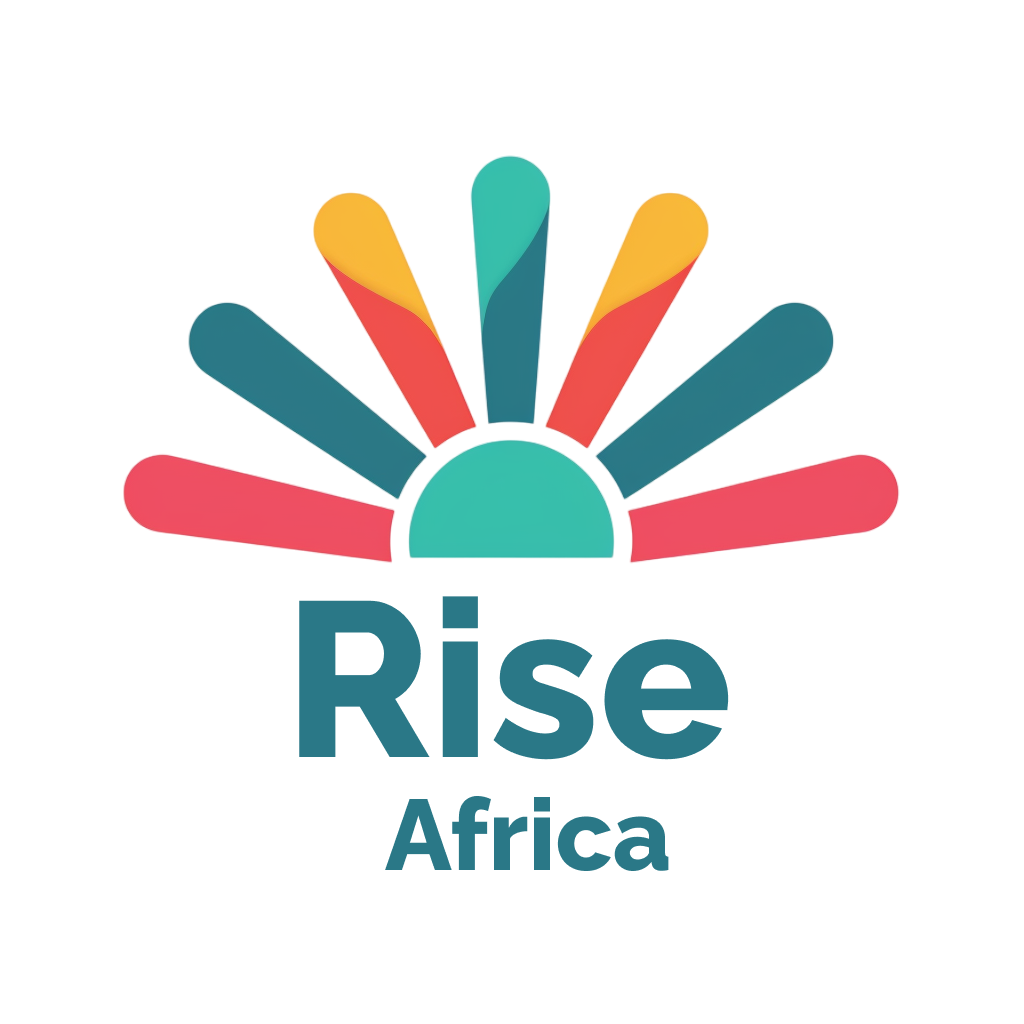open Access Data Centres, one of Africa’s fastest-growing carrier-neutral data centre operators, has launched a new interconnection platform in Nigeria and the Democratic Republic of Congo, part of an effort to dismantle the barriers that have kept Africa’s internet ecosystem expensive, patchy, and slow.
The service, called Open Access Fabric (OAfabric), is now live in OADC’s Lagos and Kinshasa facilities. It is designed to give businesses a way to sidestep some of the continent’s deepest connectivity challenges: unreliable international routes, high internet transit costs, gaps in local data infrastructure, and regulatory complications around data sovereignty.
“If you struggle to deliver consistent user experiences due to unreliable or expensive international routes, OAfabric will enable direct, low-latency on-ramp peering with global and local cloud and content providers, helping to reduce transit costs and improve performance,” the Chief Executive Officer of OADC told journalists at the launch in Lagos.
According to OADC, the OAfabric platform offers an open-access and collaborative digital ecosystem that allows enterprises, networks, cloud providers, and content platforms to interconnect quickly. Unlike traditional models that rely on building more physical infrastructure, the solution aims to simplify and accelerate digital exchange, reducing delays, fragmentation, and complexity.
For years, companies in Africa have paid some of the highest internet costs in the world, often depending on international networks to reach cloud and content providers. That dependence has meant higher latency and inconsistent performance for users. By creating direct, low-latency pathways to global and local cloud platforms, OAfabric aims to cut those costs and deliver faster, more reliable connections.
Coker said the platform was designed to solve specific challenges faced by African businesses. “We designed OAfabric around the real challenges African businesses face. It is about solving problems, reducing the cost to compute, improving performance, unlocking access to cloud and content, and creating an environment where companies can scale with confidence while accelerating time to market,” he said in a statement on Friday.
Beyond connectivity, OAfabric also seeks to stimulate the development of local digital ecosystems. By creating open, carrier-neutral interconnection points, the platform allows enterprises to scale services and expand into new markets faster and more efficiently.
“OAfabric is not just infrastructure; it represents a shift in what is possible for Africa’s digital economy,” Coker added. “By removing barriers and enabling seamless, high-performance peering between key ecosystems, including local and global Internet Exchange Points, content providers, cloud platforms, and enterprises, it provides the frictionless interconnection needed to access digital services more efficiently.”
The company said future plans include expanding OAfabric into more African markets to extend its reach and strengthen access to international content and cloud ecosystems.
OAfabric forms part of OADC’s broader strategy to accelerate Africa’s digital future by providing interconnection hubs for connectivity, cloud, content, and collaboration. The company stated that the platform underpins a pan-African digital ecosystem, enabling networks, service providers, and enterprises to interconnect seamlessly, thereby boosting the continent’s digital economy.


















